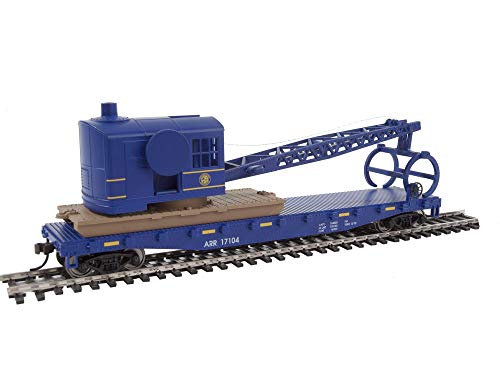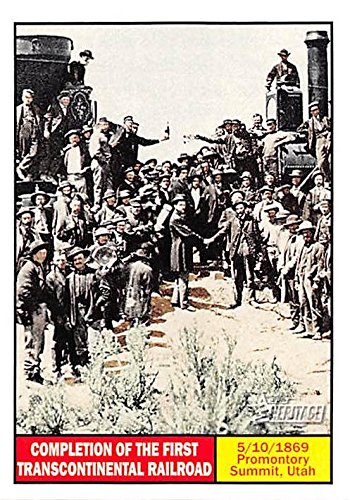At least ten times in the past two months, tens of thousands of people had their days ruined by a failure of one of the most fundamental pieces of infrastructure in America: the electrical system that powers Amtrak and New Jersey Transit trains on the Northeast Corridor. Stranded riders were furious. Amtrak and New Jersey pointed fingers. The whole region was left wondering how this could happen to the transportation backbone of the densest part of the country. How could the one piece of passenger rail in this country that more or less, kind of, approximately, works as a business — the closest thing we have to a modern electric European railway — break down so often?
The answer is likely a toxic combination of deferred maintenance on a fraying and ancient power supply. The catenary — the overhead arrangement of poles and wires that supplies electricity to moving trains — on the Northeast Corridor was inherited from the Pennsylvania Railroad, which went out of business in 1970. Most of the catenary system is about 80 years old. Fifty years ago, federal officials were already saying that they needed to replace it wholesale with a modern setup, only to shelve the program amid budget overruns. Attempts at incremental upgrades, in turn, have been beset by mismanagement and poor accounting at Amtrak. To make things all the more maddening, the decrepit power system is also one of the biggest reasons that Amtrak’s bullet train, the Acela, is so slow.
Amtrak’s own regulatory filing from last year states that not one inch of the overhead wiring between Washington, D.C., and New York’s Pennsylvania Station — zero percent — is in a state of good repair. On a scale of zero to five, with zero signifying that the system is so decrepit that it cannot function, Amtrak rates the electrical system a 1. In that document, called the Infrastructure Asset Line Appendices, Amtrak’s Electric Traction unit, which manages the catenary, acknowledges that it’s getting worse: Electric Traction “acknowledges that preventive maintenance activities are not consistently completed due to limited resource availability and a need to provide ET staff to support other asset classes … or capital projects. This has resulted in a growing maintenance backlog, which is becoming a major priority.” That backlog, which measured less than $100 million in 2018 according to Amtrak charts, now sits at an estimated $829 million. Another $2.9 billion is needed to replace or repair poles and other structures that hold the wires. Amtrak’s figures say that each of the three units in its Electric Traction division is understaffed, and the group that keeps up the wiring in the mid-Atlantic states is in the worst shape. (A spokesman for the railroad said it has has hired more than 300 trainees across the division.)
“They’ve been reduced to a patch type of program — that’s what they say here,” said Joe Clift, a transit advocate who previously served as Long Island Rail Road’s chief of planning, when reviewing the documents. “If they have a reactive approach to maintenance, then you know two things: that they’re spending the least amount in the near term, and at the same time, guaranteeing service outages that really screw the customer.” He added: “Because it’s the trunk line of the New Jersey system, everybody gets hit.”
That lack of planning and maintenance, said a source who is knowledgeable about the extent of the problem, extends to Penn Station, where power went out several times over the past several weeks. Amtrak is backing an unfunded $16 billion program to build a giant new extension of the rail hub immediately to the south of the existing station but has no plans to upgrade what’s there now. “You’re going to do this $16 billion thing and just leave all these ****** tracks and signals and catenary in place,” said a person familiar with the plans. “As far as I know, nothing has changed with that.”
The wiring that Amtrak and New Jersey Transit rely on is a bespoke system that was built by the Pennsylvania Railroad nearly a century ago, then run by its successor Penn Central, then handed over to the public after the railroad went broke and was nationalized. In the 1970s, the federal government plotted an aggressive set of upgrades meant to revive train service along the Northeast Corridor by substantially increasing its speed and reliability. They identified several major problems, including — according to a report completed in 1975 that I obtained as part of a fellowship investigating rail modernization at New York University — that, unlike those on high-speed rail systems elsewhere, the wires are not constantly tensioned. Instead they just hang.























































